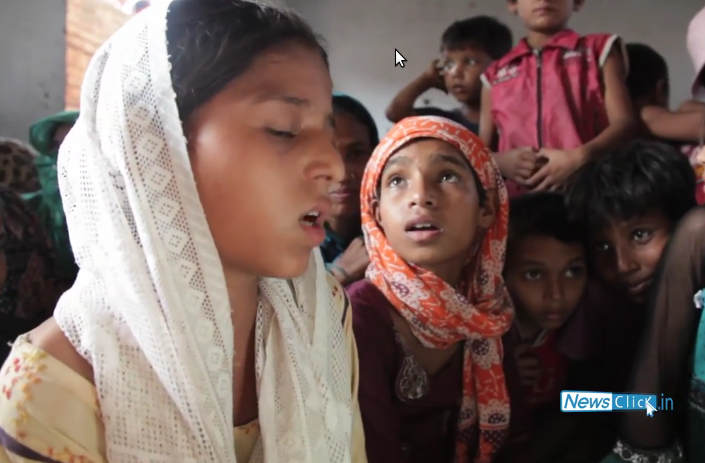Muzaffarnagar 2013: Violence by Political Design
This fact-finding exercise was coordinated by the Centre for Policy Analysis. Team members were the human rights activist and former civil servant Harsh Mander, former Director-General of the Border Security Force, E N Rammohan, Professor Kamal Mitra Chenoy of Jawaharlal Nehru University, National Integration Council member John Dayal, senior journalist Sukumar Muralidharan and CPA Director and senior editor Seema Mustafa.
Introduction and Overview
The first impression of the Muzaffarnagar countryside, now green with the sugarcane ripening for harvest, is of utter desolation. Villages are tense with fear. Kasbas and hamlets are purged of their Muslim presence and the Hindu quarters have also emptied out in a self-imposed curfew even at midday, as women and children peep out from behind closed doors and windows, their menfolk having fled to avoid arrest as criminal complaints are made out against them. Fear is in the air. The atmosphere reeks of embitterment and betrayed trust, with neighbour now unwilling to trust neighbour, and apprehensive of ever returning to their accustomed lives. All the evidence points towards people who were forced to flee their habitations in sheer terror and seek out the safety of gathering among others of their own faith, occupying any vacant space in areas where they could be sure of not being targets just because of who they were.

“We will never go back to our villages”, say Muslim women refugees in a makeshift camp in the tehsil town of Budhana, some twenty kilometres from Muzaffarnagar. They are among two thousand five hundred men, women and children who fled their villages to seek safety in the town, among members of their own community. In the blazing post-monsoon heat, they are camped under a shamiana, where local community organisations scrape together the means to feed them twice a day. An open drain runs nearby, fetid with stagnant water. There is no water source and no doctor or health-care worker has visited them in the week that they have been there. The sub-divisional magistrate (SDM) visited them close to a week since they were uprooted from their villages. Police patrols are at a distance and seem mostly static. There is a clear message that is held out to them: that they can only call upon members of their own community for sustenance and assistance in this hour of dire need.
Though the Home Secretary in the Government of Uttar Pradesh has claimed that those displaced from their villages had been sheltered in state-run camps, there was a conspicuous absence of any official at the Budhana camps. Sanitation seemed to be the least priority since meeting the basic needs of food was itself a challenge.
Inmates of the camp spoke of being attacked without warning with seeming intent to terrorise and drive them out of their villages. Several among them reported being sundered from their families and not knowing their whereabouts. A week into the violence, hopes were fading of ever finding those missing alive. Read More
Get the latest reports & analysis with people's perspective on Protests, movements & deep analytical videos, discussions of the current affairs in your Telegram app. Subscribe to NewsClick's Telegram channel & get Real-Time updates on stories, as they get published on our website.
























